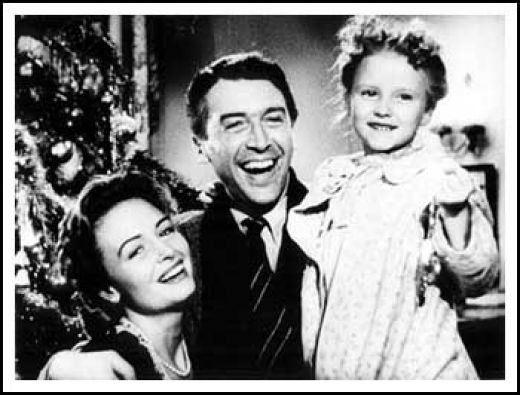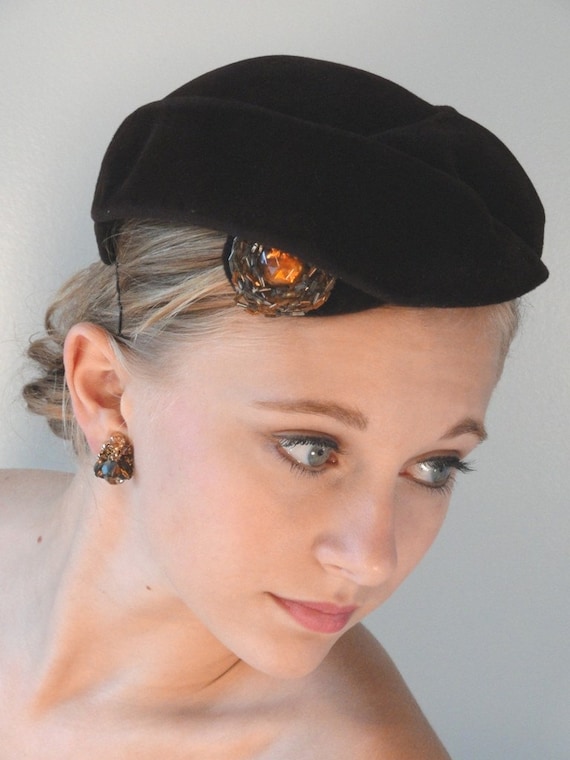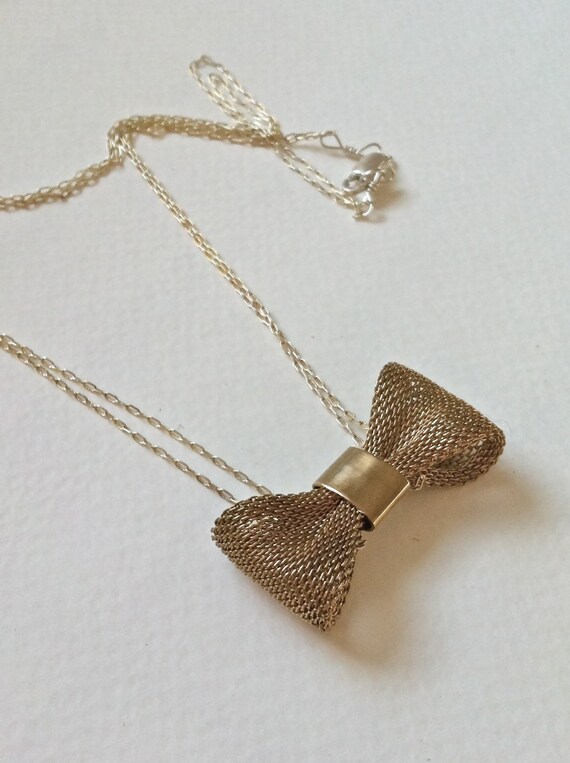 |
| Happiness is love, friendship and a basket full of money, eh Georgey boy? |

I have to say, much of my Christmas spirit is imbued by this eternal classic. I am among the ranks who rate Frank Capra's It's a Wonderful Life as my favourite holiday film. The Griswolds, The Grinch and Ebeneezer are all well and good, but it's the story of George Bailey that really gets me.

The story of this utterly-American underdog - triumphing over adversity and capitalist cronies - is filled with heart-string tugging wholesomeness, sweet sacrifice, heroic hardships and hats. Yes, hats. Sleigh-loads of them.
 |
| Top: Donna Reed sports a casquette, Marian Carr wears a fancy beret Bottom: Gloria Grahame in a furry fascinator and wide-brimmed hat |
And then there was the fedora. Who doesn't love the classic style of this easy-to-wear wonder? The term fedora comes from a Victorien Sardou play of the same name in which the title character, Princess Fedora, played by "the divine" Sarah Bernhardt, dons a hat of similar style. Indeed, the fedora-type hat was considered a women's fashion trend until the 1930s and early 1940s when it exploded into popularity for men.
 |
| Jimmy Stewart, you style-hound you. Look at all those fedoras! |
So, as you head out into the blustery winter twilight en route to a festive family affair, Hanukkah happy-hour or just the nearest gas station to stock up on half-priced eggnog, remember George and his triumph over adversity; remember that friendship and kindness always prevail in the end; remember that every time a bell rings, an angel gets its wings; and your hat. Don't forget your hat.
 |
| Chocolate Brown Velvet Hat by Vintage Repeats |
This is the epitome of 1940s hat style. Little, lush with a subtle hint of glamour.
 |
| The Eden Fascinator Hat by Bohemian Bisoux |
The fascinator is such a neat style. It certainly ensures those perfect curls wont be ruined by the dreaded hat-head. I love the colour of this particular piece.
 |
| Wide Brimmed Ribbons and Feathers Hat by Plastic Tags |
For the alabaster lady on a summer afternoon, sitting in the sunshine,
humming a lover's tune.
 |
| The Only Living Boy in New York by Oil and Blue |
 |
| Woodland Folk Suede Hat by Paiva Crafts |
Hats off to you, 1940s fashion.








